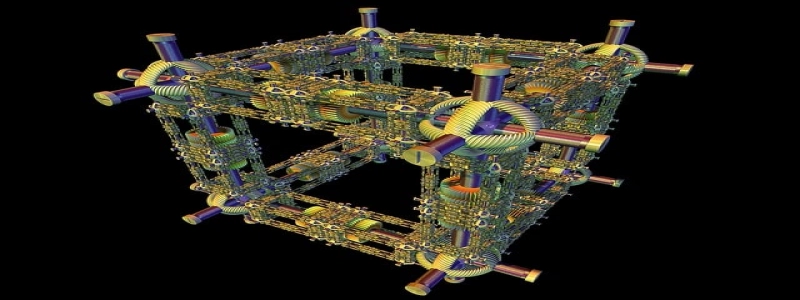Gigabit Ethernet Cables
Introduction:
In today’s fast-paced world, the demand for high-speed internet and reliable network connections has increased. One of the key components that enable fast and secure data transfer is the Gigabit Ethernet cable. In this article, we will explore what Gigabit Ethernet cables are, how they work, and their importance in modern networking.
Definition and Types:
Gigabit Ethernet cables, often referred to as Cat 5e or Cat 6 cables, are specifically designed to support data transfer speeds up to 1000 Mbps (1 Gbps). These cables come in various types and can be classified based on their performance and capabilities. Some common types include shielded twisted pair (STP), unshielded twisted pair (UTP), and solid or stranded cables.
Working Principle:
The working principle of Gigabit Ethernet cables is based on the transmission of electrical signals through copper wires. These cables consist of four pairs of twisted copper wires, which serve as the medium for data transmission. The wires are carefully twisted to reduce external interference and ensure optimal performance.
Importance in Networking:
Gigabit Ethernet cables play a crucial role in networking due to their ability to provide high-speed and reliable data transfer. With the increasing demand for bandwidth-intensive activities such as online gaming, video streaming, and large file transfers, these cables offer a significant advantage over their predecessors.
Benefits:
1. Speed and Performance: Gigabit Ethernet cables offer data transfer rates of up to 1000 Mbps, allowing for fast and seamless communication between devices.
2. Compatibility: These cables are backward compatible with older Ethernet standards, ensuring connectivity with a wide range of devices.
3. Reliability: Gigabit Ethernet cables are less susceptible to electromagnetic interference and crosstalk, resulting in a stable network connection.
4. Future-proofing: As technology continues to advance, Gigabit Ethernet cables provide a solid foundation for future network upgrades.
Usage and Applications:
Gigabit Ethernet cables are commonly used in various settings, including homes, offices, data centers, and educational institutions. They are essential for connecting computers, routers, switches, servers, and other network devices. These cables are also ideal for setting up local area networks (LANs) and wide area networks (WANs) that require high-speed data transmission.
Conclusion:
In today’s digital age, having a fast and reliable network connection is essential. Gigabit Ethernet cables provide the necessary infrastructure to support high-speed data transfer and enable seamless communication between devices. With their numerous benefits and versatile applications, these cables have become a standard choice for modern networking. Whether you are a home user, a small business owner, or an IT professional, Gigabit Ethernet cables are worth considering for your networking needs.








